Ultimate Guide to Understanding Rectangular Inductive Proximity Sensors for Your Applications
Table of Contents
- Understanding the Basics of Inductive Proximity Sensors and Their Functionality
- Key Features of Rectangular Inductive Proximity Sensors to Consider
- Applications of Rectangular Inductive Proximity Sensors in Various Industries
- Comparison of Rectangular vs. Other Types of Proximity Sensors
- Installation and Maintenance Best Practices for Optimal Performance
- Troubleshooting Common Issues with Inductive Proximity Sensors
- FAQS
- Conclusion
- Related Posts
When it comes to smart manufacturing these days, having the right sensing tech is a game-changer for making things run smoother and more accurately. You’ve probably heard about Rectangular Inductive Proximity Sensors—they've really become essential in a bunch of different applications because they can detect metal objects without needing to touch the stuff. I recently read a market report by Industry Research, and it looks like the global market for proximity sensors is set to grow quite a bit. Seems like inductive sensors are gonna be at the forefront thanks to their dependability and versatility.
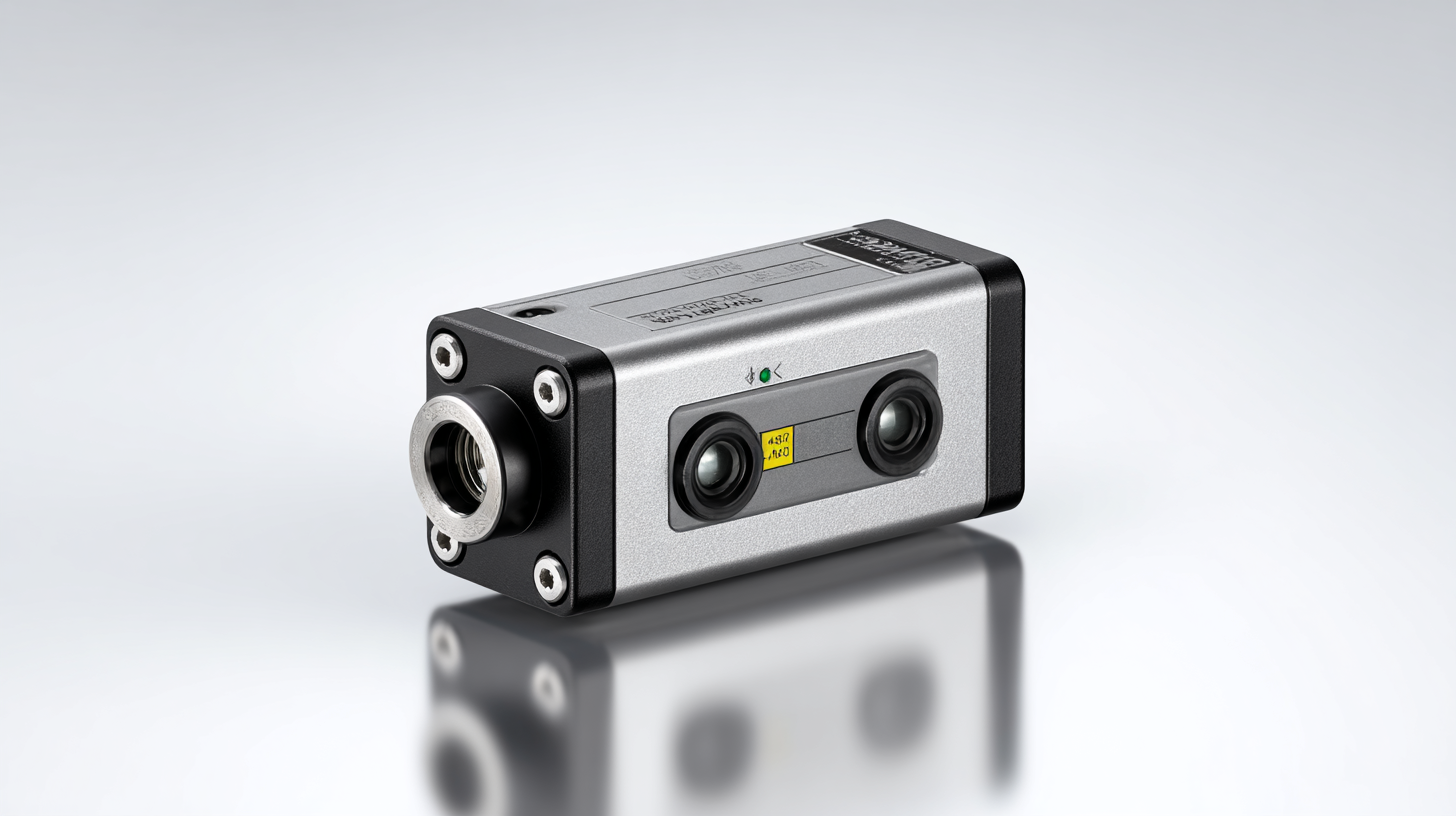
Here at Shanghai Lanbao Sensing Technology, we really get how vital these sensors are for upping productivity. That’s why we offer a wide range of smart inductive sensors, tailored to fit the needs of various industries. We want to help ensure these sensors slip seamlessly into your automated setups and push forward the future of truly smart manufacturing.
Understanding the Basics of Inductive Proximity Sensors and Their Functionality
Inductive proximity sensors are pretty much staples in a bunch of industrial setups. They’re great because they can detect metal objects without even touching them. How? Well, they work using electromagnetic fields created by a coil inside the sensor. When a piece of metal gets into the sensing area, it messes with that electromagnetic field, and voilà—they send out a signal. This makes them super useful for keeping automation smooth and on point, whether it's in manufacturing lines, robots, or moving materials around.
If you’re trying to get a handle on these sensors, it helps to understand their basic setup and the different types out there. For example, a lot of them come in rectangular shapes, designed to fit specific needs. They can vary quite a bit – in size, how far they can detect, and what kind of outputs they give. People often use them in safety systems, to figure out where things are, or for proximity detection in robotic arms. Plus, they’re pretty tough—they stand up to dust and moisture, which makes them perfect for rough environments. As industries keep changing and evolving, making good use of these sensors can really boost efficiency and keep things running smoothly over the long haul.
Ultimate Guide to Understanding Rectangular Inductive Proximity Sensors for Your Applications
| Parameter | Description | Typical Application |
|---|---|---|
| Sensing Range | 10-30 mm for metallic objects | Manufacturing Automation |
| Voltage Supply | DC 10-30 V | Industrial Equipment |
| Output Type | Normally open (NO), Normally closed (NC) | Conveyor Systems |
| Operating Temperature | -25°C to +70°C | Outdoor Applications |
| Material Sensitivity | Sensitive to metals; less sensitive to non-metals | Metal Detection in Production Lines |
| Size | Rectangular housing, typically 30 x 12 mm | Tight Space Installations |
Key Features of Rectangular Inductive Proximity Sensors to Consider
When you're choosing rectangular inductive proximity sensors for your project, there are a few key features you really wanna pay attention to —’cause they can make all the difference in how well things work out. For starters, the sensing range varies a lot from one model to another, so picking the right one is super important. By the way, I came across a recent industry report from MarketsandMarkets that says the global market for inductive sensors is expected to grow at about 5.6% annually from 2021 to 2026. That growth is mainly thanks to how versatile and tough these sensors are in industrial environments.
Another big deal is response time. For high-speed or precision work, you want a sensor that reacts super fast — like under 1 millisecond if possible. According to Allied Market Research, those sensors with quick response times really help boost efficiency and cut down on downtime, which is a total lifesaver in automation tasks. And don’t forget about things like the housing material and environmental protection ratings (think IP65 or higher). These factors are crucial if your sensors need to work reliably in rough or dirty conditions.
**A couple of tips:** Keep in mind what kind of materials your sensor will be interacting with because some can mess with the detection range. Also, make sure the sensors you pick fit within your system’s temperature limits to avoid any performance hiccups. And hey, it’s a good idea to do regular checkups and stay updated on the latest sensor tech — that way, your setup stays top-notch and keeps running smoothly.
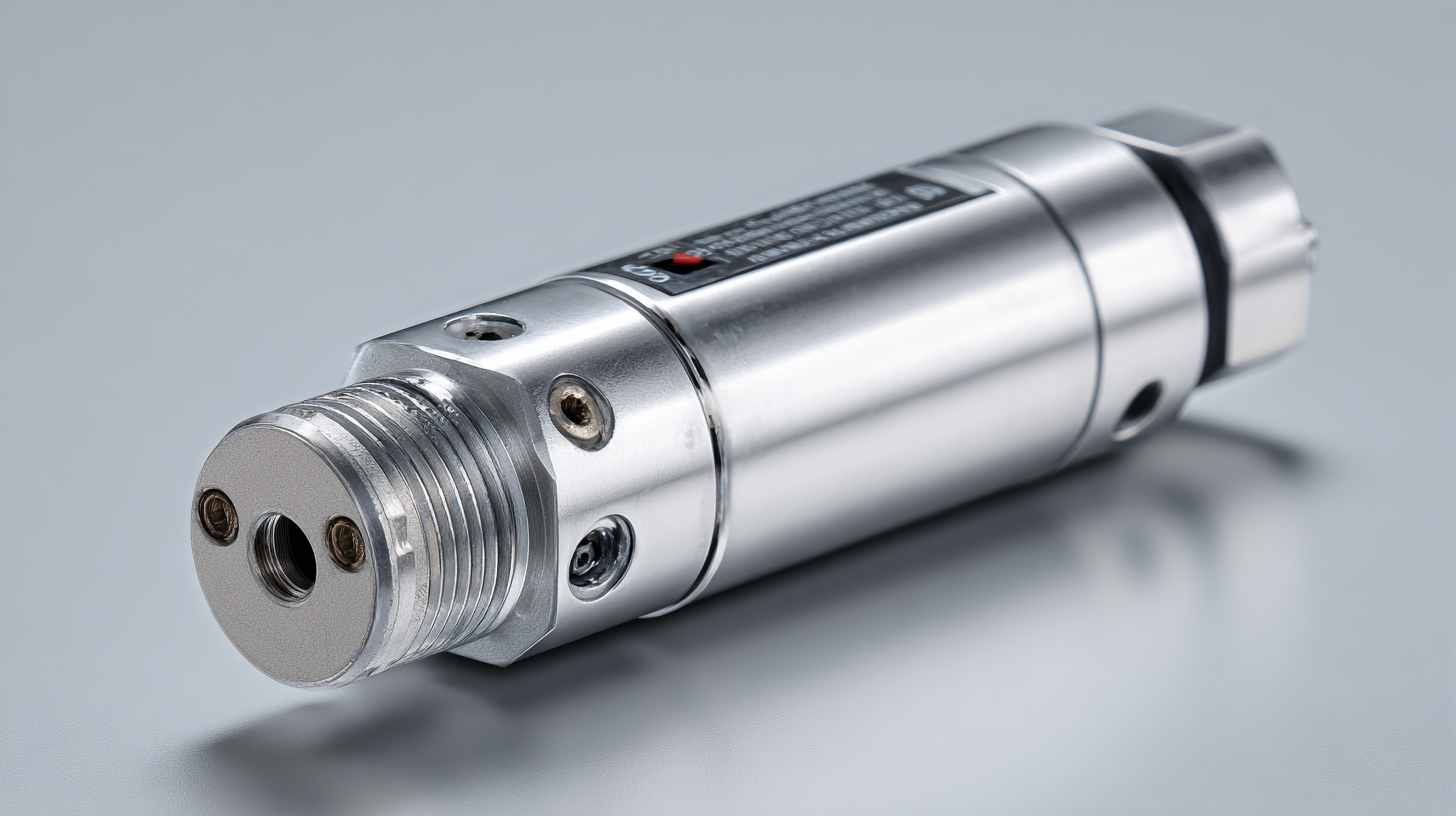
Applications of Rectangular Inductive Proximity Sensors in Various Industries
Rectangular inductive proximity sensors are becoming a pretty common sight across various industries these days, and for good reason. They’re pretty amazing at detecting metallic objects without any physical contact, which makes them super reliable and precise. In manufacturing and automation, these sensors really help speed things up and keep everything running smoothly. If you look at the data, a report from MarketsandMarkets suggests that the global market for these sensors could hit over over $1.2 billion by 2025 — mostly because more factories are jumping on the automation bandwagon. Plus, their compact size makes them easy to fit into robotic systems and conveyor belts, helping streamline workflows and cut down on downtime.
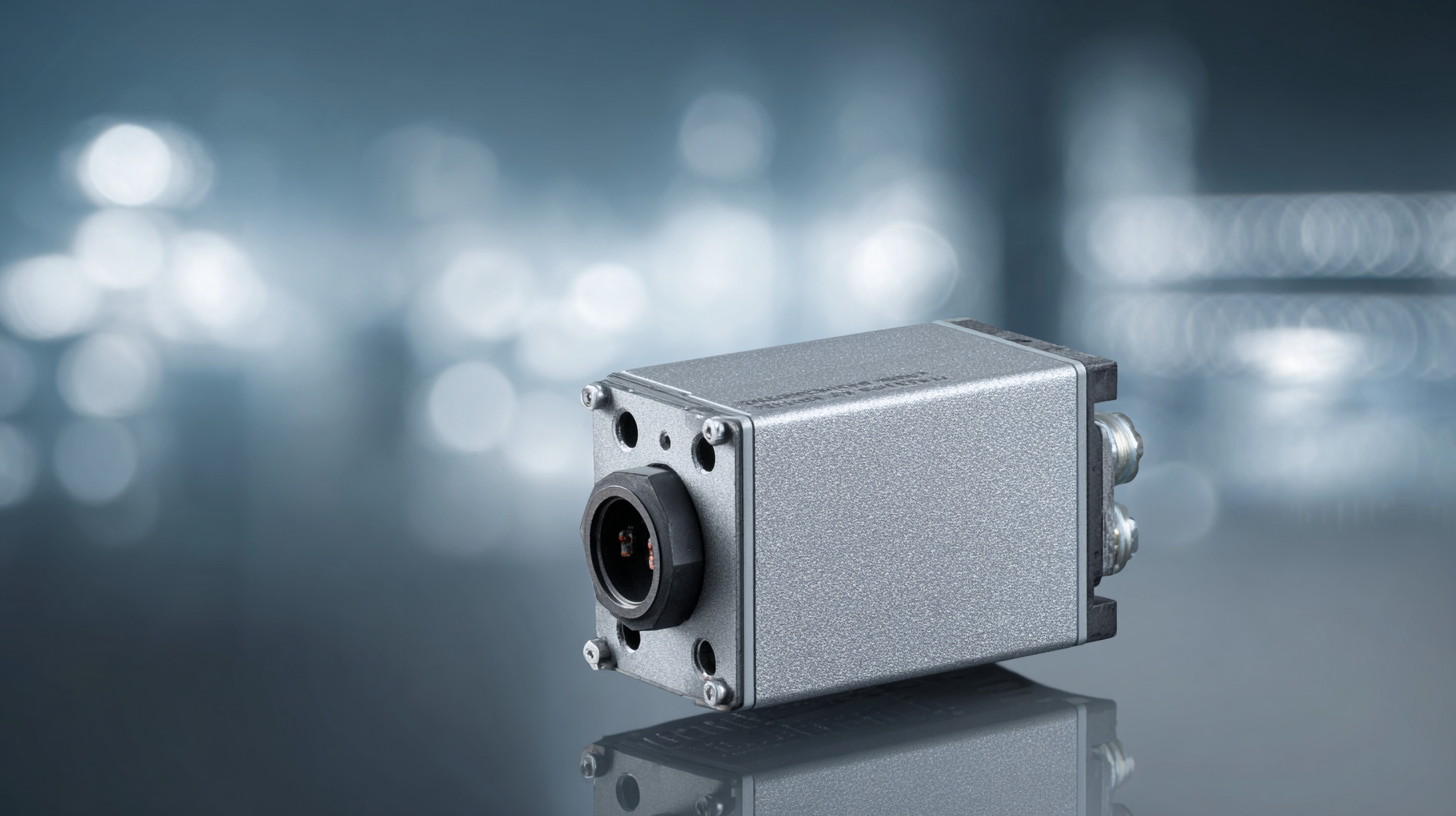
In the automotive world, these sensors are absolute game-changers when it comes to quality control and safety. They’re used on assembly lines to make sure parts are present and aligned just right. A recent industry study found that about 40% of car manufacturers rely on proximity sensors for their automated processes — which just shows how vital they’ve become in keeping things running smoothly.
Quick tip: When you’re picking out a proximity sensor, take some time to think about your environment. Will it be hot or cold? Are there dirt or dust that could mess with the sensor? These things can seriously affect how well it works. Also, don’t forget to check how far away it needs to sense objects — the right sensing distance can make a big difference for your setup.
Comparison of Rectangular vs. Other Types of Proximity Sensors
When you're comparing rectangular inductive proximity sensors to other types, a few key differences really stand out — and they can make a big difference in your project. These rectangular sensors are pretty handy when it comes to fitting into tight spots because of their slim profile. That means you can pack them into smaller machines or setups where other sensors might just be too bulky. Plus, their flat surfaces give you a larger sensing area, which boosts detection without sacrificing performance.
Now, if you look at cylindrical inductive sensors, they usually have a smaller sensing surface but are great for detecting larger metallic objects. Cylindrical models are also more versatile in how you can mount them, which makes life a bit easier for certain setups. On the other hand, capacitive proximity sensors are a different ballgame—they can sense non-metallic materials too, so they’re useful in applications where inductive sensors wouldn’t cut it.
At the end of the day, picking the right sensor really depends on what you’re trying to do: the size of the objects, what material they’re made of, and how much space you have for installation. It’s all about matching the sensor to your specific needs.
Installation and Maintenance Best Practices for Optimal Performance
When you're trying to get the best performance out of rectangular inductive proximity sensors, some good installation and maintenance habits really do make a big difference. First off, make sure the sensor is positioned at the right distance from whatever you're detecting—this should match what the manufacturer recommends. Also, try to mount the sensor in a way that keeps it away from nearby metal objects, which can cause interference. Using the right tools and techniques during installation is also key—you don't want to accidentally damage the sensor housing. A secure, stable mount isn’t just about safety; it helps the sensor work accurately, which is super important for reliable operation.
And don’t forget, regular maintenance is just as crucial if you want these sensors to last. Grab a quick peek at the connections, wiring, and the sensor itself now and then—look for any signs of wear or damage. Cleaning the sensor’s surface with suitable materials can prevent issues caused by dirt or debris piling up. If you're working in a busy industrial environment, it’s a smart idea to set up a routine maintenance schedule based on how much stuff the sensor has to deal with. Stick to these tips, and you'll find your rectangular inductive proximity sensors stay reliable and perform at their best in all kinds of applications.
Performance Analysis of Rectangular Inductive Proximity Sensors
Troubleshooting Common Issues with Inductive Proximity Sensors
Inductive proximity sensors are pretty handy in a bunch of industrial settings, but they’re not perfect—sometimes they run into issues that can mess with their performance. One common hiccup is when they just don’t detect objects properly, and that’s often because they’re not aligned right or not installed correctly. Making sure the sensor is properly positioned relative to what it’s supposed to detect is super important. Also, the distance between the sensor and the target needs to stay within the right range set by the manufacturer, otherwise, you might find it’s not triggering reliably.
Another thing that comes up a lot is false triggering—that’s when the sensor reacts even though there’s no real reason. This can happen because of electromagnetic interference or if the material being sensed isn’t suited for that particular sensor. So, it’s a good idea to check if any nearby equipment might be creating electromagnetic noise, and if needed, put some shielding around the sensor.
Picking the right type of sensor for the specific material is also key—some are better for ferrous metals, while others work well with non-ferrous ones. Regular check-ups and testing can save a lot of trouble down the line, catching problems before they cause big delays. Basically, by staying on top of these common issues, facilities can keep their inductive sensors running smoothly and efficiently.
FAQS
: Rectangular inductive proximity sensors are designed for ease of integration into tight spaces due to their slim profiles, making them ideal for compact machinery. They also provide a larger active sensing area, enhancing detection capabilities.
Rectangular sensors typically offer a higher degree of surface area sensitivity for detecting larger metallic objects, while cylindrical sensors excel in versatility and universal mounting options.
Yes, capacitive proximity sensors can detect non-metallic materials, making them applicable in scenarios where inductive sensors are limited to metallic detection.
Proper installation is crucial for ensuring that the sensor is positioned correctly at an appropriate distance from the target object, minimizing interference and enhancing detection accuracy.
Users can prolong the lifespan by regularly inspecting connections, wiring, and the sensor housing for wear or damage, and scheduling routine maintenance in environments with contaminants.
It is recommended to clean the sensor's surface with appropriate materials to avoid detection errors caused by accumulated dirt or debris.
The choice should be guided by specific application requirements such as object size, material type, and available installation space.
Secure mounting enhances sensor stability, ensuring accurate detection crucial for effective application performance.
It is essential to use the correct installation tools and techniques to prevent damage to the sensor housing during installation.
The operational environment, especially in industrial settings with potential exposure to contaminants, should influence the frequency and routine of maintenance schedules for the sensors.
Conclusion
Hey there! So, if you’re curious about Rectangular Inductive Proximity Sensors and how they can help in your projects, our "Ultimate Guide" has got you covered. We start by breaking down the basics—what they are, how they work—and why they’re such a game-changer. These sensors are pretty awesome because they can detect objects accurately without needing to touch anything, which makes them super useful across all sorts of industries, from manufacturing lines to automation setups.
We also compare rectangular sensors to other types, so you can see why they’re often the top choice, especially in tricky or complex environments. To help you get the best out of them, we share some practical tips for installing and maintaining these sensors. Plus, if something goes wrong, we've included some troubleshooting advice to get you back on track quickly.
All in all, by checking out this guide, you’ll be better equipped to use these sensors effectively—leading to smoother operations and smarter manufacturing. Trust us, it’s worth the read if you want to make the most out of this tech!
Related Posts
-

Future Trends: Market Dynamics for Best Prox Sensors by 2025
-

Understanding the Challenges with Best Capacitive Sensor Applications
-

Overcoming Challenges in Best Magnetic Sensor Applications: Common Issues and Solutions
-
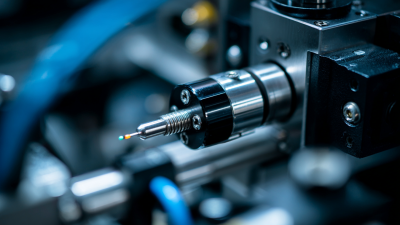
10 Reasons Inductive Proximity Sensors are the Best Choice for Your Automation Needs
-
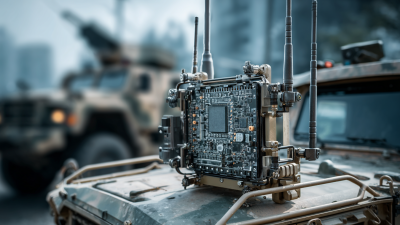
How to Choose the Right Magnetic Sensors for Your Application Needs
-

Unlocking Efficiency: A Comprehensive Tutorial on the M30 Sensor for Industrial Applications

